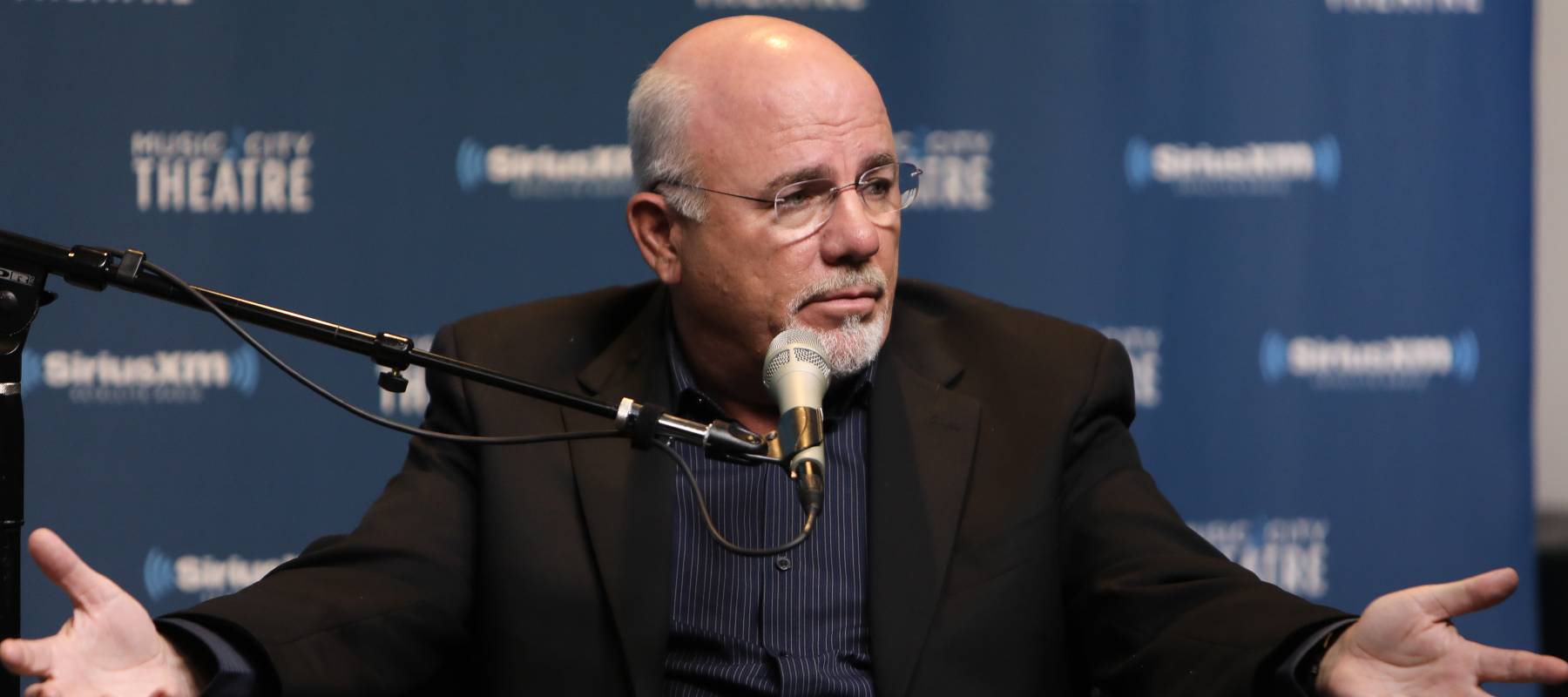How to save money fast in 9 simple steps:
1. Drink more water
This not only benefits your wallet, but will also greatly improve your health. Drinking water is very inexpensive in Canada, assuming you don’t buy bottled water. If you are uncomfortable drinking tap water, you can buy a Brita filter for around $15. Assuming you drink the equivalent of 2 small bottles of soda or juice a day, which costs around $2.50, you would save $1,825/year by drinking water instead (not to mention the cost savings from improved health)! You Save: $1,825/year
2. Pack your lunch
Assume you spend $12/meal eating out, and making your own lunch costs $5. Packing your lunch every day, 5 days/week would save you $1,680 every year! Again, on top of the obvious financial benefits, there are significant health advantages to packing your own lunch as well, as most restaurants use significant amounts of salt, fats and sugars in their ingredients. You Save: $1,680/year
3. Buy generic brands at the grocery store
Generic grocery store brands cost on average 29% less than name brands, although the gap is closing quickly. The average Canadian spent $7,262 on groceries. If you buy half of these groceries with generic brands, you will save $1,052.99/year. You Save: $1,053/year
4. Seal air leaks
According to the Huffington Post, the average Canadian household’s air leaks would sum to the size of a basketball – that’s a big hole. Sealing these up can save you 30% on your energy bill. The average Canadian spends around $1,900 on A/C and heating each year according Stats Canada. That’s a savings of $570 a year just for going around your house and sealing the more obvious leaks around windows, doors and fireplaces. You Save: $570/year
5. Forget gym fees, you can workout on your own!
According to CNBC, the average gym membership is $45/month. Is this really a necessary expense? If you are a competitive athlete, or you enjoy the social aspect of going to a gym, than yes. otherwise, body-weight exercises are often much better for you than lifting weights. Fresh air is also good for you. Why not go for a run outdoors? Work out in a park? Do push-ups, sit-ups, crunches, burpees, skip rope and jumping jacks in the house. You Save: $540/year
Total savings of $5,668 per year – every year!!!! Now that’s how to save money. More for you less for them. If you can’t get your savings from the tips above, we’ve added a few more low hanging fruit below to help you reach your budget goals:
6. Cut your land-line
Trends show that Canadian spending on cell phones is increasing, while spending on landlines is decreasing. Still, the average Canadian household spent $731 on cell phone services PLUS $511 in landline services in 2010. However, only 1 in 10 households only used cell phones and no landline (Statistics Canada). If everyone in your household has a cell phone, than it’s time for you to cut the landline! Skype is an excellent landline replacement for times when you need a family chat, or long-distance call.
Worried about your cell phone dying and needing to call 911? ANY cell phone can dial 911 without having a phone plan on it. You can buy a $10 cell phone and keep it plugged in with no service, if you’re really worried. You Save: $511/year
7. Transfer your credit card balance
The average Canadian credit debt is around 2,800. If we assume you are paying around an 18.99% interest rate, and you transfer your balance to a card with a promotional balance transfer rate of about 1% for the first 6 months that then jumps to 13%, you can come in at savings of $335.72/year.
8. Make your own coffee
Assuming that you buy 1 medium coffee per day at Tim Horton’s for about $1.30, you spend $474.50/year on coffee! If you’re buying your coffee at Starbucks or Second Cup you could be saving double, up to $900 per year! You Save: $474/year
Hopefully these quick and easy tips have given you a clear roadmap on how to save money. Some suggestions will have more or less impact depending on the person, but we thought these were the simplest tips on how to save money, with the least impact on people’s day to day lifestyle. Let us know what you think!
9. Save BIG on interest
One of the quickest and easiest things you can do to save money is to get a low-interest card. For example, most credit cards in Canada charge upwards of 20% interest on all of your purchases when you don’t pay off the balance each month. However, if you get a low-interest card that only charges something like 12.99% you could save a lot of money over the course of a year.
How much money could you save, you ask? Well, using our handy dandy interest calculator we can give you exact numbers! For example, if you have a $3000 balance on your credit card with an interest rate of 20% and are making monthly payments to pay it off in one year, over the course of 12 months you’ll end up making monthly payments of $277.90 and end up paying $334.84 just in interest. Whereas, if you have a low interest credit card with an APR of something like 12.99% your monthly payments would be $267.94 and you would only pay $215.25 in interest for the year. That’s more than $100 savings just in interest and you’d enjoy more manageable monthly payments as well.







